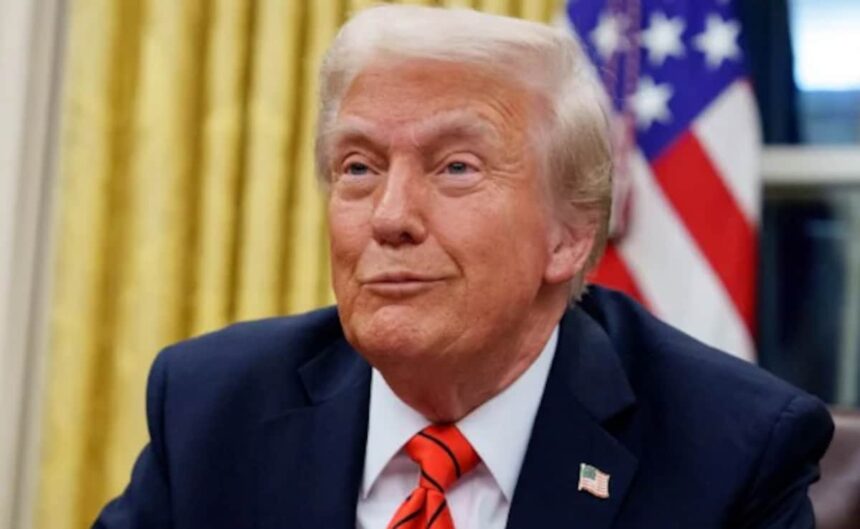President Donald Trump has once again sparked controversy with his threat to impose reciprocal tariffs on other countries, a move he believes is the only fair way to trade. This announcement could potentially lead to a broad tariff hike on emerging market economies like India and could escalate tensions with the European Union.
Reciprocal tariffs are essentially taxes imposed on goods imported from other countries. During his election campaign, Trump vowed to implement an “eye for an eye, a tariff for a tariff” policy, matching the tariffs imposed by other countries on US products. This approach could result in an increase in the average tariff rate in the United States by around two percentage points.
However, implementing reciprocal tariffs based on different products could prove to be a complex process. While the US has relatively low average tariffs overall, certain industries such as apparel, sugar, and pick-up trucks have higher rates, making it a politically sensitive issue.
Countries with high tariffs on US products, such as India and Thailand, could be impacted by these reciprocal tariffs. India, in particular, has been singled out by Trump for its trade practices, with National Economic Council Director Kevin Hassett criticizing the country for its high tariffs that restrict imports.
One potential complication of implementing reciprocal tariffs is the consideration of non-tariff barriers like regulations, which could add further complexities to the process. It remains unclear whether Trump sees this policy as an alternative to the universal tariffs he previously proposed or as a separate tactic in trade negotiations.
The goal of implementing reciprocal tariffs is to create uncertainty as a negotiating tactic, but this uncertainty could have negative consequences for American and foreign businesses. In negotiations with allies like Europe, the US could be looking to address economic and geopolitical priorities such as resolving conflicts like the situation in Ukraine and expanding exports in key sectors like LNG.
While the US does not have the lowest tariffs in the world, it stands in the middle among wealthy, industrialized countries. True reciprocity, according to experts, would require the US to reduce tariffs on goods from dozens of countries if the policy is based on average tariff rates.
In conclusion, Trump’s threat to impose reciprocal tariffs has raised concerns about the potential impact on global trade relations. The implementation of these tariffs could have far-reaching consequences for various countries and industries, leading to increased tensions and uncertainties in the global economy.








